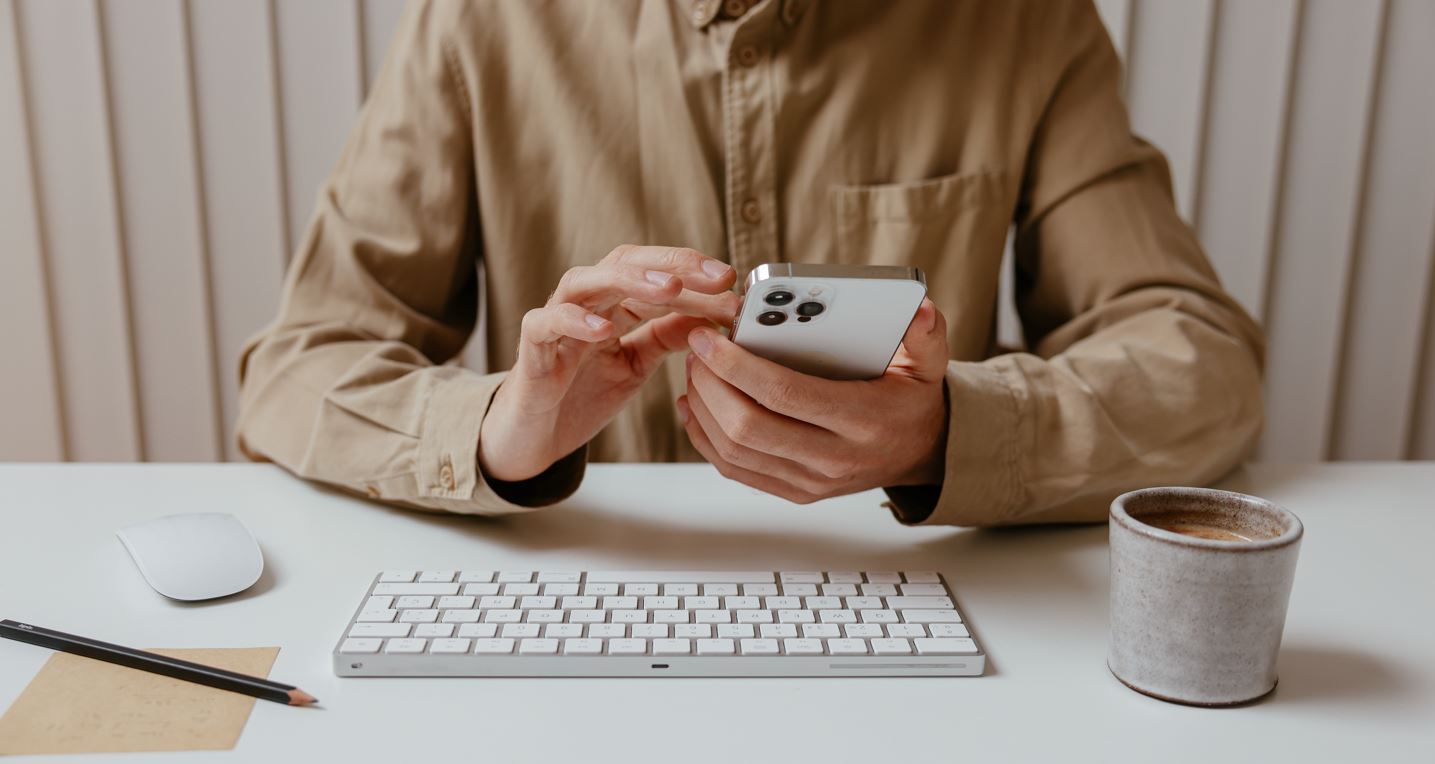
Hand-held digital devices may be today’s best way to stay informed and involved – but there is clear evidence that they are changing how we live – and not always in a good way. As this trend continues to develop so does the growing list of digital disabilities occurring from repetitive use injuries and conditions.
Digital Overuse
Electronic mobile devices are prone to overuse, a situation that is leading to orthopaedic problems involving the hand, wrist, arm, back and neck. Who knew that such an innocuous handheld device could develop into such an amazing array symptoms like:
- Cell phone shoulder (pain of anterior shoulder and deltoid)
- Gamer’s, smartphone, or texting thumb (inflammation of tendons in or near base of thumb)
- iPosture (neck or low back pain)
- Selfie elbow (micro ruptures which cause inflammation/pain due to repetitive loading of muscles around the elbow)
- Tech neck (pain in the neck caused by stooping over a device)
- Tech horn (bone spur at the base of the skull)
- Text claw (similar to trigger figure/thumb, due to texting in a certain position for too long)
Add to this list something called ‘distracted walking’ a preventable ‘disease’ caused by pedestrians talking on the phone, texting, listening to music, or engaging deeply in conversation with someone on a digital device. This phenomenon can cause serious falling and collision injuries to pedestrians using smartphones, so much so that surveys have shown 60 percent of all pedestrians are distracted by other activities while walking. These digitally distracted pedestrians are suspected to be a contributing factor in as many as 4,200 pedestrian deaths and 70,000 injuries in traffic crashes according to the National Highway Transportation Safety Administration.
Orthopaedic Injuries from Digital Devices
Aside from the potential hazards associated with walking into traffic while texting, unusual and high demands are put on the thumbs and wrists when using a smartphone. For instance, rapid and repetitive typing and swiping can lead to irritation and swelling of the thumb flexor tendon. Trigger thumb is another orthopaedic concern for people who overuse this action. And, clutching a smartphone with the wrist in an awkward position for a prolonged period has been shown to irritate the wrist and forearm tendons and may contribute to a painful condition known as “DeQuervain’s tendinosis.”
Tendonitis is just one of the complaints from people who frequently overuse smartphones. Pain and swelling from frequent texting in patients with preexisting arthritis is a growing problem, due to the added pressure put the thumb basilar joint as it shifts into texting overdrive. Soreness in the arm, shoulder, or neck is a complaint heard more frequently from patients who consistently use a mobile device improperly. Looking down at a smartphone for hours a day with poor posture also causes problems for the shoulders and neck.
Treating Digital Pain
The primary treatment for these problems usually involves commonsense adjustments in behavior. Hand, wrist and neck issues abound, but many of these issues can be self-corrected by adopting a new digital device use strategy such as;
- Text less frequently
- Improve upper body posture
- Modify and reposition (change how you use the device)
- Take a break
- Switch hands, text with both hands
- Frequently stretch fingers, wrist, forearms
- Use voice to text options
If symptoms do not improve with rest, treatments such as splints, medications, hand therapy, and cortisone injections are available.
 It is fine to use smartphones, but it is important to recognize the potential for overuse problems. When signs of numbness, tingling, cramping, and stiffness continue after resting from phone activity, it may be time to consult a hand specialist. An orthopaedic specialist will be able to determine if the symptoms match a repetitive stress injury, carpal tunnel syndrome, cubital tunnel syndrome, smartphone pinky, tendonitis or arthritis and will be able to advice a course of action to correct these injuries.
It is fine to use smartphones, but it is important to recognize the potential for overuse problems. When signs of numbness, tingling, cramping, and stiffness continue after resting from phone activity, it may be time to consult a hand specialist. An orthopaedic specialist will be able to determine if the symptoms match a repetitive stress injury, carpal tunnel syndrome, cubital tunnel syndrome, smartphone pinky, tendonitis or arthritis and will be able to advice a course of action to correct these injuries.

